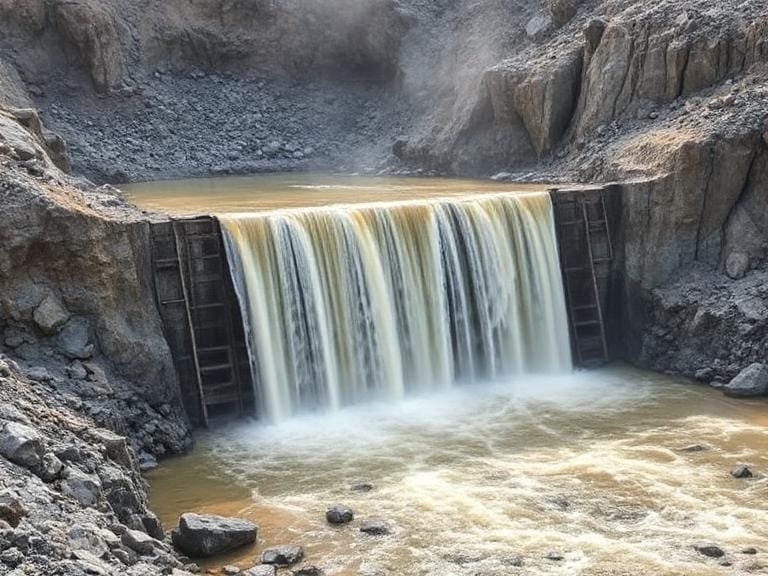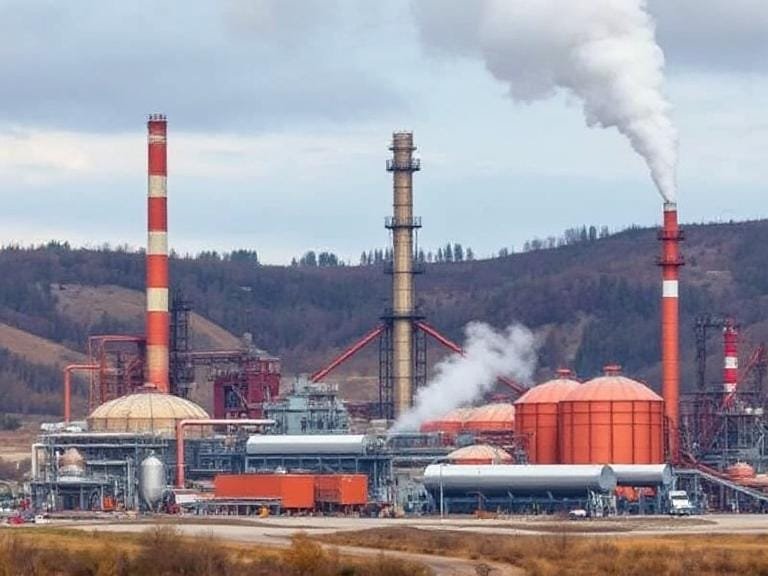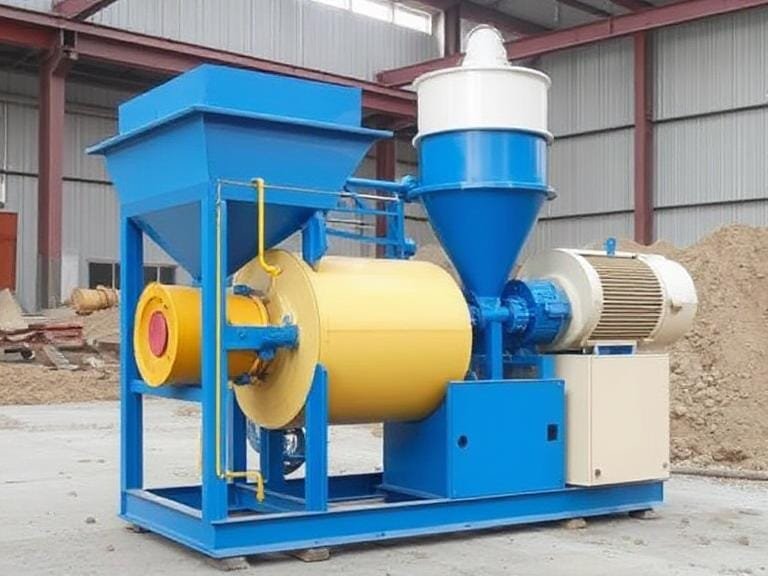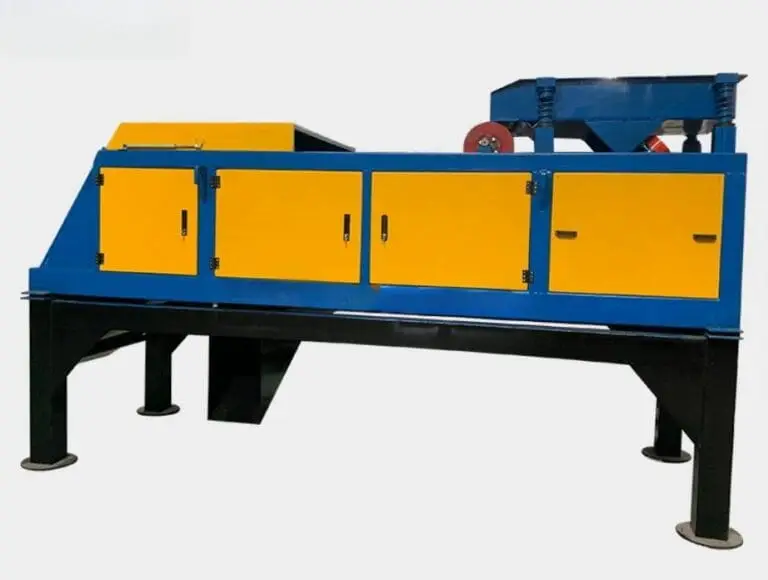7 Steps of Extraction of Zinc Metal by Electrolysis
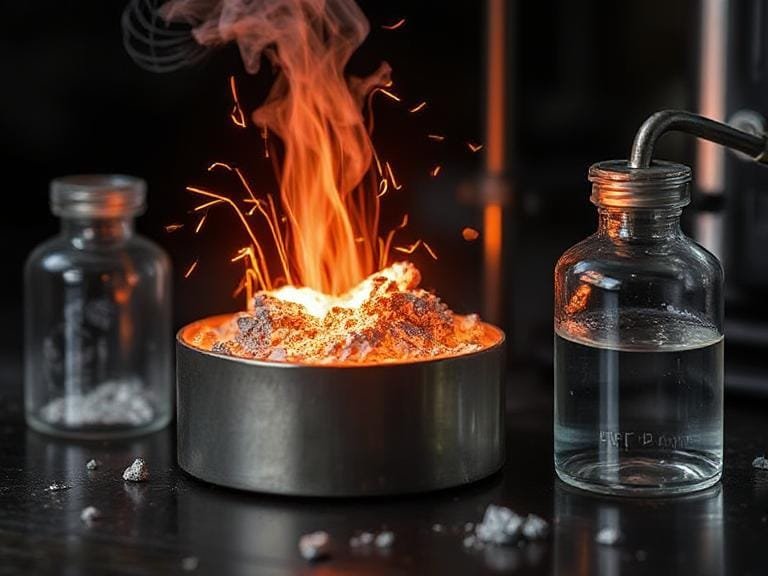
Table of Contents
- 1. Introduction to Zinc Extraction
- 2. Importance of Electrolytic Extraction
- 3. Principle of Electrolytic Extraction of Zinc
- 4. Step-by-Step Process of Zinc Extraction by Electrolysis
- 5. Equipment Used in Zinc Electrolysis
- 6. ORO Mineral Co., Ltd. – Advanced Mineral Processing and Separation Equipment
- 7. Advantages of Electrolytic Zinc Extraction
- 8. Summary Table of Key Takeaways
- 9. FAQs
- 10. References
1. Introduction to Extraction of Zinc Metal
Zinc is typically extracted from its ores such as zinc blende (ZnS) and calamine (ZnCO₃). The metal occurs in combination with sulfur, carbon, and oxygen, making separation and purification essential. While traditional methods like roasting and reduction are widely used, the electrolytic method has gained popularity due to its higher purity and environmental efficiency.
The electrolysis process involves converting zinc ore into a suitable electrolyte and then extracting metallic zinc by applying an electric current. The end product is nearly 99.99% pure zinc, making this method ideal for industries requiring high-grade materials.
2. Importance of Extraction of Zinc Metal
Electrolytic extraction of zinc is a modern and sustainable alternative to pyrometallurgical methods. It helps in reducing carbon emissions, lowering energy consumption, and achieving higher metal recovery rates.
Key Benefits of the Electrolytic Process:
- High Purity: Produces up to 99.99% pure zinc metal.
- Eco-Friendly: Avoids harmful gases like SO₂ produced in roasting processes.
- Energy Efficient: Modern electrolytic cells consume less power per unit of zinc.
- Economical for Large-Scale Production: Can be automated and scaled easily.
3. Principle of Electrolytic Extraction of Zinc
The electrolytic extraction of zinc is based on the principle of electrolysis of zinc sulfate solution (ZnSO₄). In this process, an electric current is passed through the electrolyte, causing zinc ions to migrate to the cathode where they are reduced to metallic zinc.
Chemical Reactions Involved:
- At the Cathode (Reduction): Zn²⁺ + 2e⁻ → Zn (metal)
- At the Anode (Oxidation): 2H₂O → O₂ + 4H⁺ + 4e⁻
The overall reaction results in the deposition of pure zinc metal at the cathode and the evolution of oxygen gas at the anode.
4. Step-by-Step Process of Zinc Extraction by Electrolysis
Step 1: Concentration of Ore
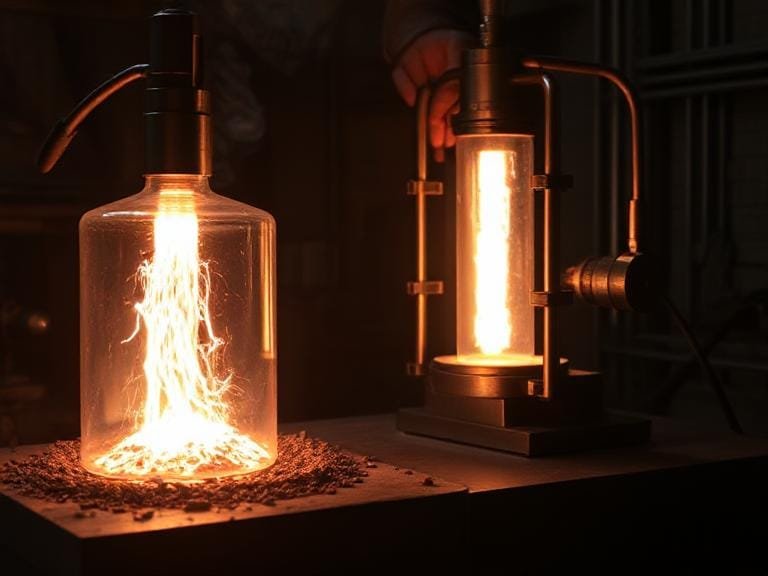
The first step involves concentrating zinc ore using processes like froth flotation. This helps separate zinc minerals from impurities like silica and other waste materials.
Step 2: Roasting
Concentrated zinc sulfide ore is roasted in the presence of oxygen to convert it into zinc oxide (ZnO) and sulfur dioxide (SO₂).
Chemical Reaction: 2ZnS + 3O₂ → 2ZnO + 2SO₂
Step 3: Leaching
The roasted zinc oxide is dissolved in dilute sulfuric acid to form zinc sulfate (ZnSO₄) solution, which acts as the electrolyte.
Reaction: ZnO + H₂SO₄ → ZnSO₄ + H₂O
Step 4: Purification of Electrolyte
The zinc sulfate solution contains impurities like iron, cadmium, and copper that must be removed. Purification is done by adding zinc dust, which displaces impurities through cementation.
Step 5: Electrolysis
After purification, the zinc sulfate solution undergoes electrolysis using aluminum or lead cathodes and anodes made of lead or carbon. When current is applied, zinc ions deposit at the cathode, and oxygen gas evolves at the anode.
Step 6: Collection of Zinc Metal
The zinc deposited on the cathode sheets is collected periodically, melted, and cast into ingots or plates. This metal is of high purity and ready for industrial applications.
Step 7: Refining (Optional)
In some cases, additional refining may be performed using vacuum distillation or electrolytic refining to achieve ultra-pure zinc for specialized applications.
5. Equipment Used in Zinc Electrolysis
The electrolytic extraction process requires precision equipment to ensure efficient energy use and optimal zinc recovery. Below are some essential pieces of equipment involved:
- Electrolytic Cells: Vats or tanks where electrolysis occurs.
- Anodes and Cathodes: Conductors that carry electric current.
- Rectifiers: Control the flow of direct current (DC) during electrolysis.
- Cooling Systems: Maintain temperature for efficient reactions.
- Filtration Units: Remove impurities before electrolysis.
6. ORO Mineral Co., Ltd. – Advanced Mineral Processing and Separation Equipment
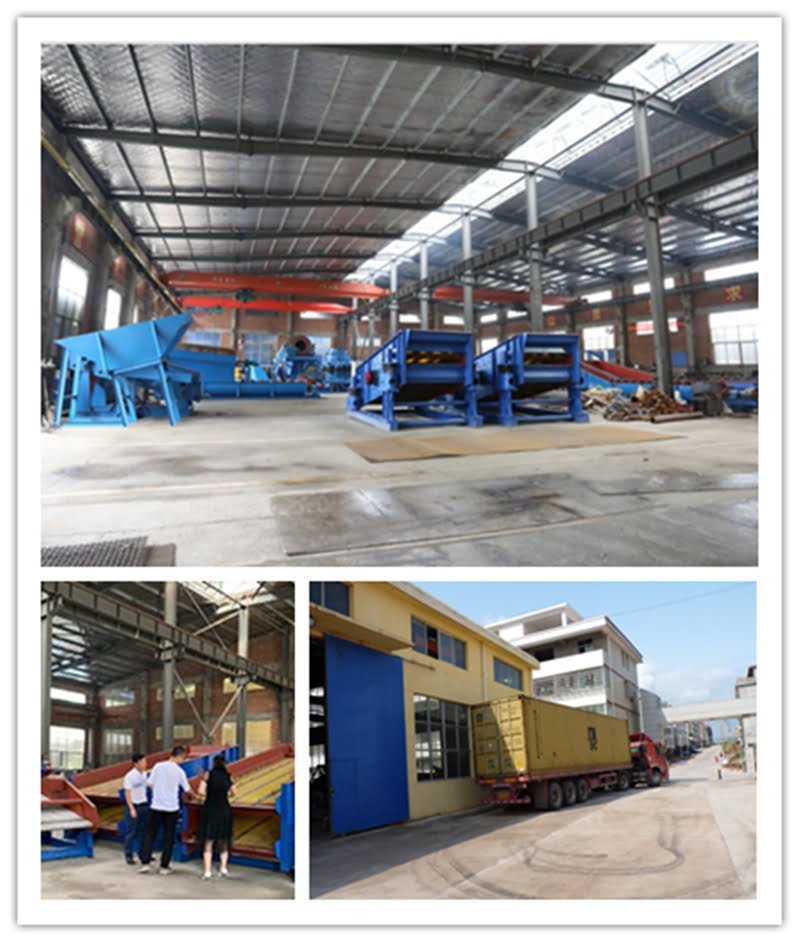
ORO Mineral Co., Ltd. is a leading manufacturer of mineral processing, screening, and washing equipment that plays a vital role in metal extraction and purification processes, including zinc extraction by electrolysis.
Established in 2014, ORO Mineral specializes in intelligent mineral processing technology, integrating R&D, production, and sales. The company’s state-of-the-art machinery contributes significantly to the global mining and metallurgy sectors.
About ORO Mineral Co., Ltd.
Headquartered in China, ORO Mineral continuously invests in technological innovation to deliver high-performance mineral equipment for solid waste recovery, beneficiation, and screening. Their equipment ensures efficient, precise, and eco-friendly operations for clients worldwide.
Main Product Categories
Why Choose ORO Mineral?
- Integrated Solutions: From screening to separation, offering complete process automation.
- Advanced Technology: High-efficiency designs based on years of R&D experience.
- Eco-Friendly Operations: Equipment designed for energy conservation and low emissions.
- Global Service: Exported worldwide with dedicated technical support.
7. Advantages of Extraction of Zinc Metal
The electrolytic method offers several industrial and environmental advantages over conventional processes.
- High Purity: Produces 99.99% pure zinc suitable for industrial and chemical use.
- Low Emissions: Eliminates sulfur dioxide pollution associated with roasting methods.
- Continuous Operation: Easily scalable for automated production.
- Low Waste: Minimal solid waste generation compared to pyrometallurgical methods.
- Efficient Recovery: Higher recovery rates of zinc from ores and residues.
8. Summary Table of Extraction of Zinc Metal
| Stage | Process Description | Key Outcome |
|---|---|---|
| Ore Concentration | Separation of zinc minerals using flotation | High-grade zinc ore |
| Roasting | Conversion of ZnS to ZnO by heating in air | Zinc oxide formation |
| Leaching | Dissolving ZnO in H₂SO₄ to form ZnSO₄ | Zinc sulfate solution |
| Purification | Removal of impurities using zinc dust | Clean electrolyte |
| Electrolysis | Deposition of zinc at cathode | Pure zinc metal |
9. FAQs
Q1: Why is electrolysis preferred for zinc extraction?
Because it ensures high purity and environmental safety while allowing efficient recovery of zinc metal.
Q2: What electrolyte is used in zinc electrolysis?
A purified solution of zinc sulfate (ZnSO₄) in water.
Q3: What metals are used for electrodes in zinc electrolysis?
Commonly, lead or carbon anodes and aluminum or steel cathodes are used.
Q4: What is the purity of zinc obtained by this method?
The process yields zinc metal of up to 99.99% purity.
Q5: Which industries benefit most from ORO Mineral’s machinery?
Industries involved in mineral processing, metal extraction, and solid waste recycling benefit significantly.

